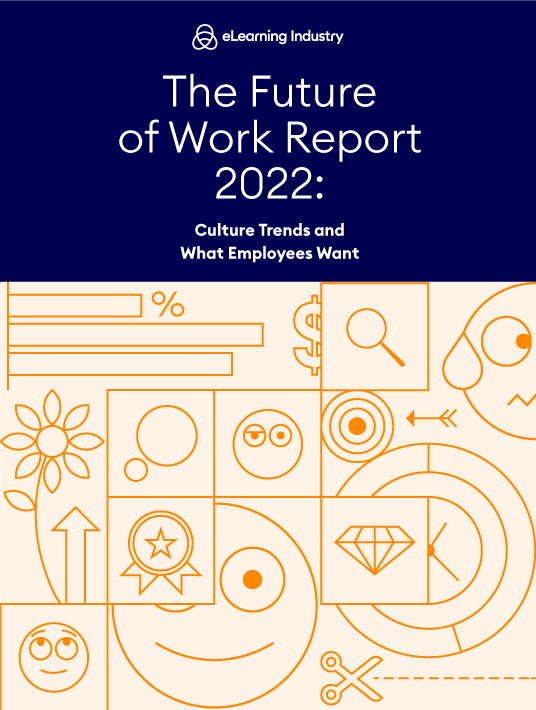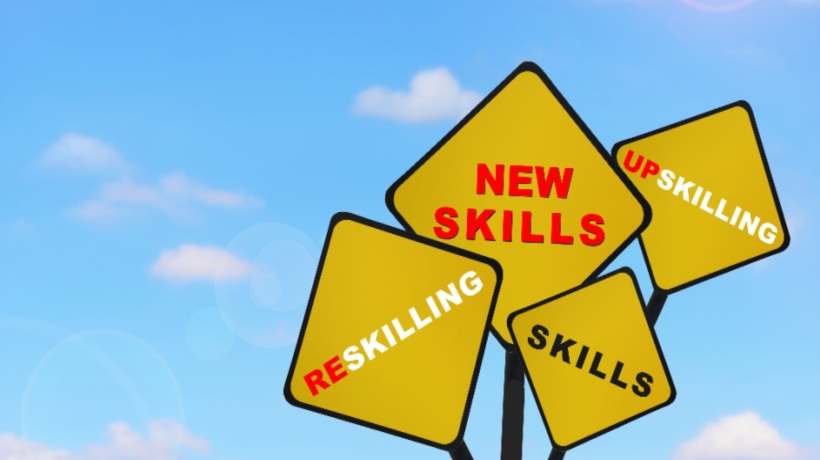Evolving Your Employee Skills With Evolving Jobs
Too much has already been said about tech evolving at a rapid pace and job roles following suit to keep up. In fact, the Indian IT industry reported a 10% growth in their talent pool in FY22 adding 450,000 people (the highest so far) to its workforce. While you continue hiring top tech talent with the latest skills, you also need to train your existing workforce to stay ahead. You, my reader who’s a Learning and Development (L&D) expert, understand this better than anyone. After all, the L&D department’s key goal is to equip the workforce with the latest skills in their arsenal. But one question still persists. What should be the right approach to establish a continuous learning culture and ensure your workforce is always a step ahead, even of disruptive technology? There’s no single solution, but CURE will get you as close as it can.

What Is CURE?
CURE is the prescription to stay in tune with ever-changing tech trends [1]. It means cross-skilling, upskilling, reskilling, and expert-skilling your employees according to the changing definitions of roles and projects, as per organization and industry requirements. CURE is important at all levels, whether freshers or experienced employees. CURE is continuous, but also need-based and outcome-oriented.
Cross-Skilling
Learning technologies/skills, in addition to the core skills needed for the job role, is cross-skilling. Cross-skilling enables your employees to work on multiple technologies, makes them flexible to move around various projects, and aligns them to evolving job roles.
Steps To Implement Cross-Skilling In Your Organization
- De-specialize
Usually, organizations have teams of specialists who are experts in a particular technology and most of their skills are therefore highly dependent or revolve around it. Cross-skilling starts with de-specializing, when you enable your employees to branch out of their core competencies. - Hyper-personalize
As your team gets exposed to other sets of technologies and responsibilities, identify people who can quickly apply their skills from one technology to another. Plan individual road maps for cross-skilling. For example, you might find a back-end developer who can now apply his skills in the cloud, so you will hyper-personalize their learning/skilling plan accordingly. - Formalize
Set up a learning ecosystem and learning stack in your organization, including tools and platforms that enable cross-skilling across all levels. Be transparent with your workforce about the need for cross-skilling so that they become stakeholders of the strategy.
Upskilling
The cost of hiring a new employee can be up to two times the employee's annual salary, according to a Gallup report. Not to mention, your existing employees would have a wealth of organizational knowledge that any new hire would take months to learn. Upskilling your employees is the ideal way to enable them to move up the organizational ladder and take on additional responsibilities. Hands-on practice and on-the-job learning are the key factors in upskilling.
Steps To Implement Upskilling In Your Organization
- Identify (gaps and employee interests)
Identify the individual skill gaps of your workforce by mapping out their skills, competencies, interests, and potential. You can use assessments, assignments, and one-on-one discussions to identify these. It’s also important to align upskilling with employee career paths so that the employees are equally invested. - Specify (learning plan/path)
Once you identify the skill gaps and training needs, set up learning paths for your employees. These learning paths should include technologies and skills they learn along with milestones that mark the progress of learning. Leverage Learning Management Systems/Learning Experience Platforms to personalize training, integrate hands-on projects, and modular assessments.
Reskilling
Technologies have a short shelf-life; they either evolve or become obsolete. For example, data science today started from statistics in the past. It goes without saying that organizations need to enable their employees to constantly keep learning new skills, reskill, and stay relevant.
Steps To Implement Reskilling In Your Organization
- Prioritize
Identify and prioritize the skills, new technologies, or platforms most necessary to the continued success of your organization. Roll out a plan for reskilling across these skills primarily. - Incentivize
Learning a whole new skillset can be overwhelming. Help your employees overcome this inertia by tying reskilling milestones to performance objectives and their career path in the organization. Offer mentor support and create a learning structure with achievable milestones. Use leaderboards, badges, and rewards to incentivize reskilling.
Expert-Skilling
While cross-skilling is spreading out one’s skillset in breadth, expert skilling is going in deep. This is also the most widely used skilling technique in organizations.
Steps To Implement Expert-Skilling In Your Organization
- Strategize
Identify employees with high potential who are likely to become experts in specified technologies. Set up application and outcome-oriented learning strategies, helping them explore the technology in depth. - Analyze
Set up clear KPIs and success metrics to measure the success of the learning programs. Measure and analyze the practical application of any new skills learned.
CURE As A Framework Across The Organization
Cross-skilling, upskilling, reskilling, and expert-skilling your employees can’t be done in silos. CURE, as a combined approach, allows your organization to identify which set of employees require what type of skilling. CURE includes mapping the skill and competency framework of your organization, identifying training needs, personalizing learning paths, integrating hands-on learning with mentor support, along with milestone and capstone assessments for a comprehensive skilling journey.
It helps to bring in expert help to catalyze your L&D efforts. Partnering with a tech-skilling specialist to help you right from the start, with identifying skill gaps with a customized set of assessments, to a custom-tailored skilling plan, is highly effective in setting up the CURE framework for your organization.
References:
[1] CURE – Your prescription for the future of work








![A Bite-Sized Guide To Microlearning [eBook]](https://cdn.elearningindustry.com/wp-content/uploads/2021/07/shutterstock_1061765432.png)
